OCTOPUS ORIGINS
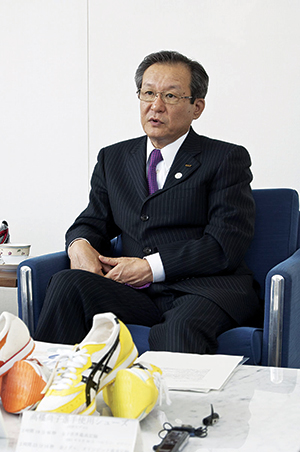 The shoes that put the company on the map, three years after it had been founded, were famously devised by Mr. Onitsuka one hot summer evening in 1951 as he was enjoying a salad of cucumber and cold octopus. He had initially started out to make basketball shoes in the belief that the sport was about to take off in Occupation-era Japan, but he was never quite able to come up with the revolutionary design that would put his products head and shoulders above the competition.
The shoes that put the company on the map, three years after it had been founded, were famously devised by Mr. Onitsuka one hot summer evening in 1951 as he was enjoying a salad of cucumber and cold octopus. He had initially started out to make basketball shoes in the belief that the sport was about to take off in Occupation-era Japan, but he was never quite able to come up with the revolutionary design that would put his products head and shoulders above the competition.
And then it occurred to him that if the concave shape of the octopus’ suckers could be replicated on the soles of shoes then he would have footwear that would give unrivalled grip on a basketball court. That flash of inspiration led to the shoe that was worn by the Japanese Olympic basketball team in 1956 and millions of Japanese kids taking part in gym class. And then it became a fashion item, complete with the stripes that make up the Asics logo down the sides.
Mr. Onitsuka died in 2007, at the age of 89, but in the years after he founded the forerunner of the company, Onitsuka Co., in September 1949, he built it into the biggest athletic footwear and apparel maker in Japan and the fifth-largest in the world.
It was not all smooth running, however, even after his octopus-inspired sports shoe had caught the popular imagination. A series of amalgamations and take-overs in the early years of the company’s history, as well as the company making its debut on the Osaka Stock Exchange in 1964 and then the Tokyo bourse a decade later, culminated in the adoption of the name Asics Corp. in 1977.
With its rapidly growing profile, the new company’s name was taken from the Latin phrase “Anima Sana In Corpore Sano,” meaning a sound mind in a sound body.
Evolving into a general sporting goods maker, Asics turned its hand to baseball equipment, skiing, golf and swimming ranges, but it was the running shoes that remained that products held in highest regard by serious athletes. Always looking to devise the next technology to give his clients a competitive edge, Mr. Onitsuka was the first to recognize the potential applications of the air-cooling methods used in motorcycles and apply it to creating vented marathon runners’ shoes.
Perhaps over-extended when Japan’s economic bubble burst at the start of the downturn that has been described as Japan’s lost economic decade, Asics fell into the red in 1992 and it took the company eight years to reverse that slide.
THE TIGER RETURNS
And while new lines and a solid reputation for quality helped put the company back into positive territory, it was once again the Onitsuka Tiger that formed the foundation of that recovery. Retired in the late 1970s, the baseball boot went back into production in 2000 to meet demand for the fashion for retro-look sneakers that was sweeping the European markets, in particular France and Italy.
It reached the pinnacle of fashion when Uma Thurman appeared in the hit Quentin Tarantino movie “Kill Bill” kitted out in Tiger equipment – a pair of gold Onitsuka trainers with unmistakable black stripes. From the marketing point of view, it was nothing short of a master-stroke and the company was able to open 23 stand-alone Onitsuka Tiger boutiques in Japan as well as Paris, Berlin, London and Seoul.
Today, it also collaborates with such fashion high-rollers as Toshikazu Iwaya on the designs of new shoes, while a new line of limited-edition shoes was released last year after Asics joined forces with U.S.-based lifestyle brand Tokidoki, the brainchild of Italian artist Simone Legno.
And although it had not reached the giddy heights as industry giants such as Nike or Adidas, it had set a target of increasing annual sales by around 50 percent to ¥300 billion by 2010.
That, of course, was before last year’s crash. In the months since what has become known as the Lehman Brothers crisis, sectors that catered to the leisure industry have seen sales and profits drop dramatically as consumers worried about their incomes – and even their jobs – reign-in spending to focus on the necessities.
And even though Mr. Oyama remains upbeat about the prospects for the company, he admits it will have to tread warily for some time to come.
FISCAL FUTURE
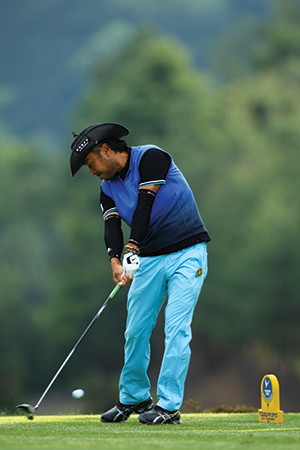 “Since November of last year, I’ve watched the television news and read the papers and heard all about the economic crisis that we’re facing, particularly in the car and electronics industries, but when I look at our sales around the world, it looks absolutely clear to me that we’re going to be fine,” said Mr. Oyama.
“Since November of last year, I’ve watched the television news and read the papers and heard all about the economic crisis that we’re facing, particularly in the car and electronics industries, but when I look at our sales around the world, it looks absolutely clear to me that we’re going to be fine,” said Mr. Oyama.
For the fiscal year to March 31, Asics reported global consolidated sales of ¥241,944 million and an operating income of ¥22,628 million, with an operating margin rate of 9.35 percent. The best performance was in Europe, where the operating rate stood at 15.2 percent, although the figures for Japan, at 6.58 percent, and the United States, with 6.15 percent, were also solid.
The biggest headache that the company has to deal with are wildly fluctuating exchange rates – the U.S. dollar has lost fully 25 percent of its value against the yen since the crash – and Mr. Oyama knows that nothing can be taken for granted in his line of business.
“This year, we will be cautious on our operations,” he said. “We have to be prepared for more sudden changes in the economy and make sure, for example, that we have financial commitments from banks.”
The company’s domestic sales figures for the first couple of months of the new fiscal year are “up and down,” said Mr. Oyama, but he sees the present as a time of opportunity.
Asics is looking to take advantage of the present global economic slump by encouraging struggling department stores to give prominence to its products in their promotional efforts, as well as snapping up domestic television advertising spots, the cost of which has been halved in the last six months.
Being an official sponsor of the Tokyo marathon has also raised the company’s profile, and it will be one of the key names on display at the World Track and Field Championships in Berlin later this year. The firm also hopes the exposure in Berlin will help promote the idea that Asics is able to meet all an athlete’s equipment needs – something that the global mega-brands have been successful in achieving – and that instead of simply purchasing single items, people will increasingly choose Asics for all their needs, ranging from clothing to bags, towels and all the other necessary elements.
“We have found that if 100 people come into our stores and buy our shoes, no-one is buying the associated clothing or equipment,” said Mr. Oyama. “That is ridiculous. We have a much-respected brand name and we are famous for our quality, so we really need to push the idea that sportsmen and women can buy their entire kit requirements from us. At other companies, around 30 percent of people buy associated equipment from the same brand and we hope to hit that level as well.”
Asics, traditionally a provider of footwear and clothing for runners, tennis and soccer players, will also be looking to seize a greater share of the global market for golf shoes. The success of Shingo “Cowboy” Katayama at the 2009 Masters tournament in the U.S., where he finished fourth, equalling the best performance ever by a Japanese player, has given new impetus to the company in that sector.
After all, as Mr. Oyama points out, whose logo are millions of television viewers going to be seeing as the camera zooms in on the shoes of the player about to take that all-important putt?
SEATTLE’S ICHIRO SUZUKI
Other athletes who use Asics footwear and equipment include Ichiro Suzuki, the Seattle Mariners star whose shoes are ultra-light – a mere 260g – and have titanium blade spikes. In the big-money world of soccer, the company sponsors Vissel Kobe and Kawasaki Frontale, as well as Italian Seria A teams Empoli, Genoa and Lecce.
A pair of white Asics boots that have been signed by Shinji Ono, of German team Hamburg and a former regular for the Japan national team, have pride of place in the lobby of the company’s Tokyo offices.
The firm is also busy launching new products, one of the latest being the new Asics Gel cushion range of footwear, which incorporates a silicone-based cushioning system that is designed to disperse the force of impact across the surface of the sole. In addition to providing unrivalled cushioning and comfort, the range also stabilizes the foot and reduces fatigue over longer runs.
A product video released by the company as part of the launch gives a graphic demonstration of what is possible; an egg is dropped from a great height onto a mat made of the new Asics Gel material, coming to an instant stop but neither cracking nor 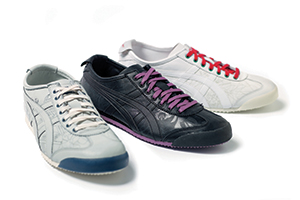 The company opened its first stand-alone European store outside Japan in London in October last year, bringing together Japanese minimalist design and high technology to ensure customers get the equipment that is best suited to their needs. These include a three-dimensional foot scanning system that uses lasers to map the contours of each foot that are then compared against a database to identify the best footwear and two gait assessment areas.
The company opened its first stand-alone European store outside Japan in London in October last year, bringing together Japanese minimalist design and high technology to ensure customers get the equipment that is best suited to their needs. These include a three-dimensional foot scanning system that uses lasers to map the contours of each foot that are then compared against a database to identify the best footwear and two gait assessment areas.
The company is planning further expansion in stand-alone stores in the near future, although it is remaining coy on specific dates and locations.
One location that it has no plans on leaving, however, is Kobe. As well as being an important and convenient transportation hub and entry and exit point into Japan, the company has a long history in the city and will keep its headquarters there.
According to Mr. Oyama, the secret behind the company’s success is straightforward.
“We have a good reputation for good products that are made for real athletes,” he said. “Quality is our number one priority and we have a history and know-how going back 60 years. We work hard to protect our reputation and to bring new and innovative products to market.”
Story by Julian Ryall
From J SELECT Magazine, August 2009

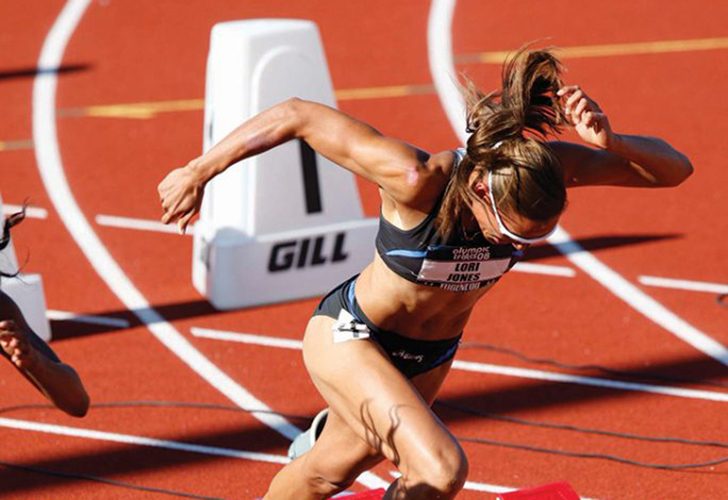

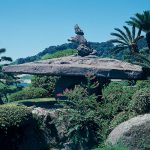
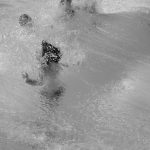



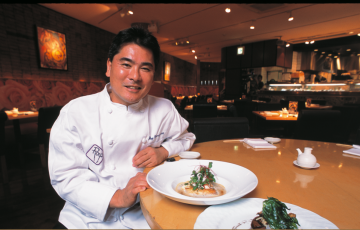
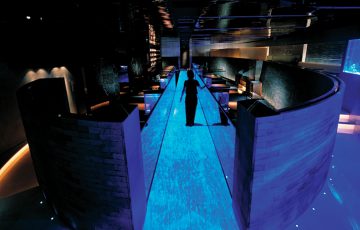

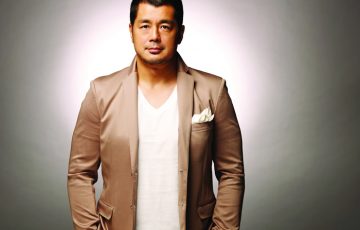



Recent Comments